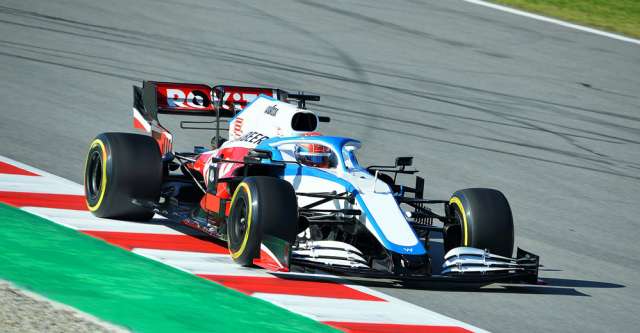This was a day many race fans remember. Today, August 19, 1909, the first race was held at the Indianapolis Motor Speedway. What we know as the Indianapolis 500 did not begin that way. Here’s a summary.
Beginnings
Local businessmen cleared the farmland in central Indiana for occasional races. Varying manufacturers would race their vehicles against each other in order to show off the positives of the vehicle. The idea was to be a commercial for the car. The first race was five miles long. Louis Schwitzer won with a speed of 57.4 mph. The track was poor and was the cause of six persons that day.
Upgrades
The track was quickly upgraded to bricks and sand. That’s where the nickname “The Brickyard” derived from [1]. Low attendance at the frequent races led the owners to change the system. They would host a single race each year: longer and costlier. In 1911 the first 500 mile race was held at the Indianapolis Motor Speedway. The average speed was 74.59 mph and the driver won $14,250.
History
Since 1911, the race was help every year except 1917-1918 and 1942-1945 during the world war years.
Current Times
In current times, the average attendance at the raced is 400,000. This earns the name of the best-attended event in U.S. sports [2]. Last year, due to the pandemic, the race was held on August 23. Another item to note. Vehicles no longer race on bricks. They were replaced in 1961. However, the finish line has a three foot line of bricks, as a reminder of the track’s beginnings.
Notes:
- ^https://www.history.com/this-day-in-history/first-race-is-held-at-the-indianapolis-motor-speedway (go back ↩)
- ^https://www.history.com/this-day-in-history/first-race-is-held-at-the-indianapolis-motor-speedway (go back ↩)

